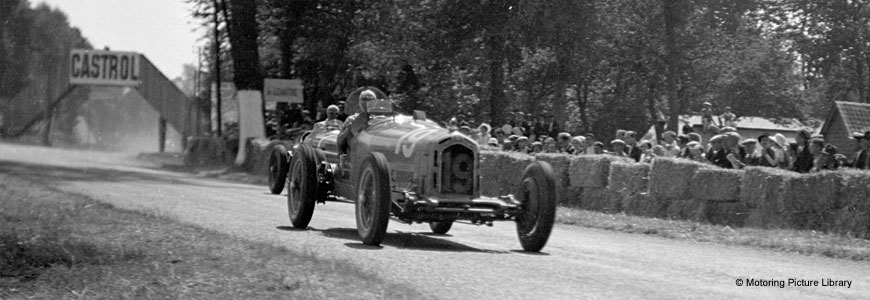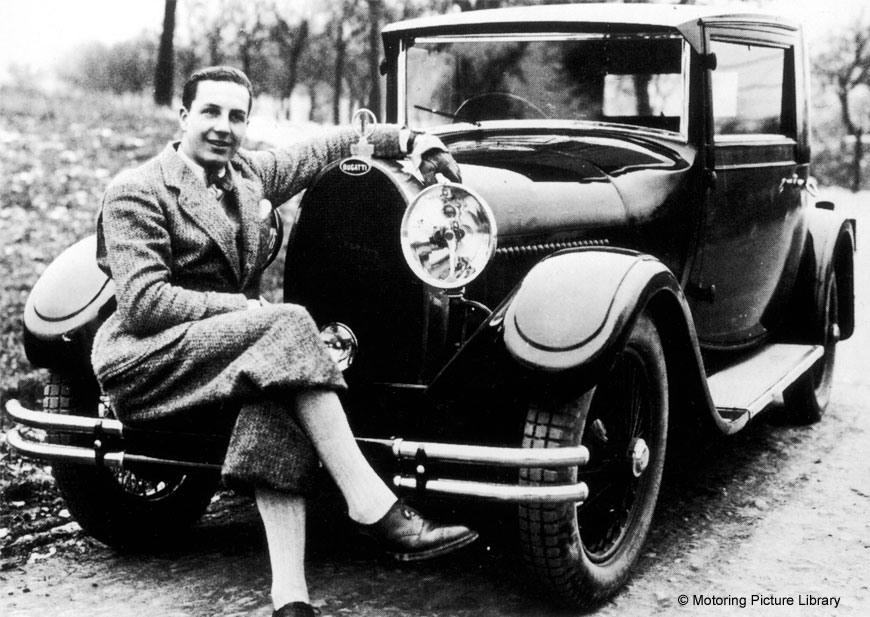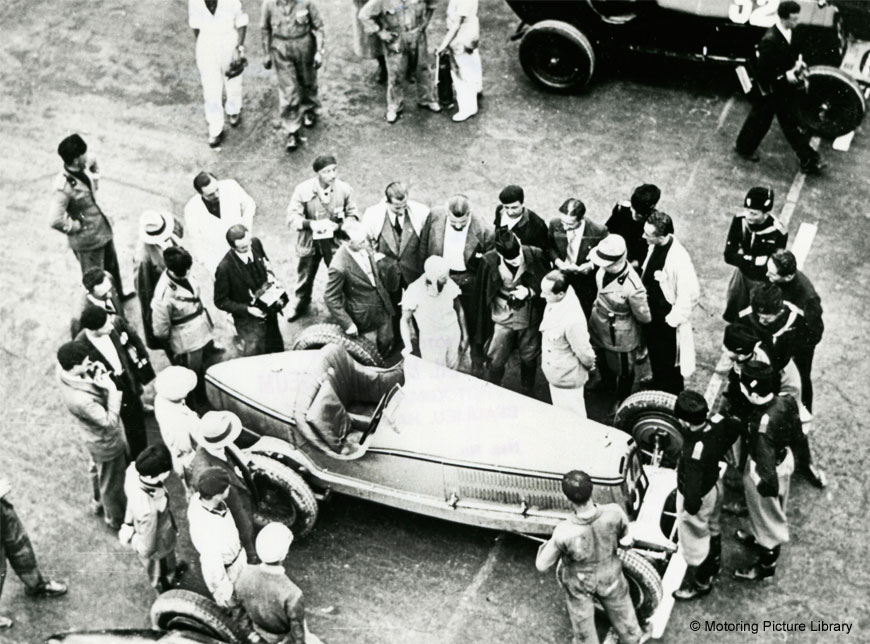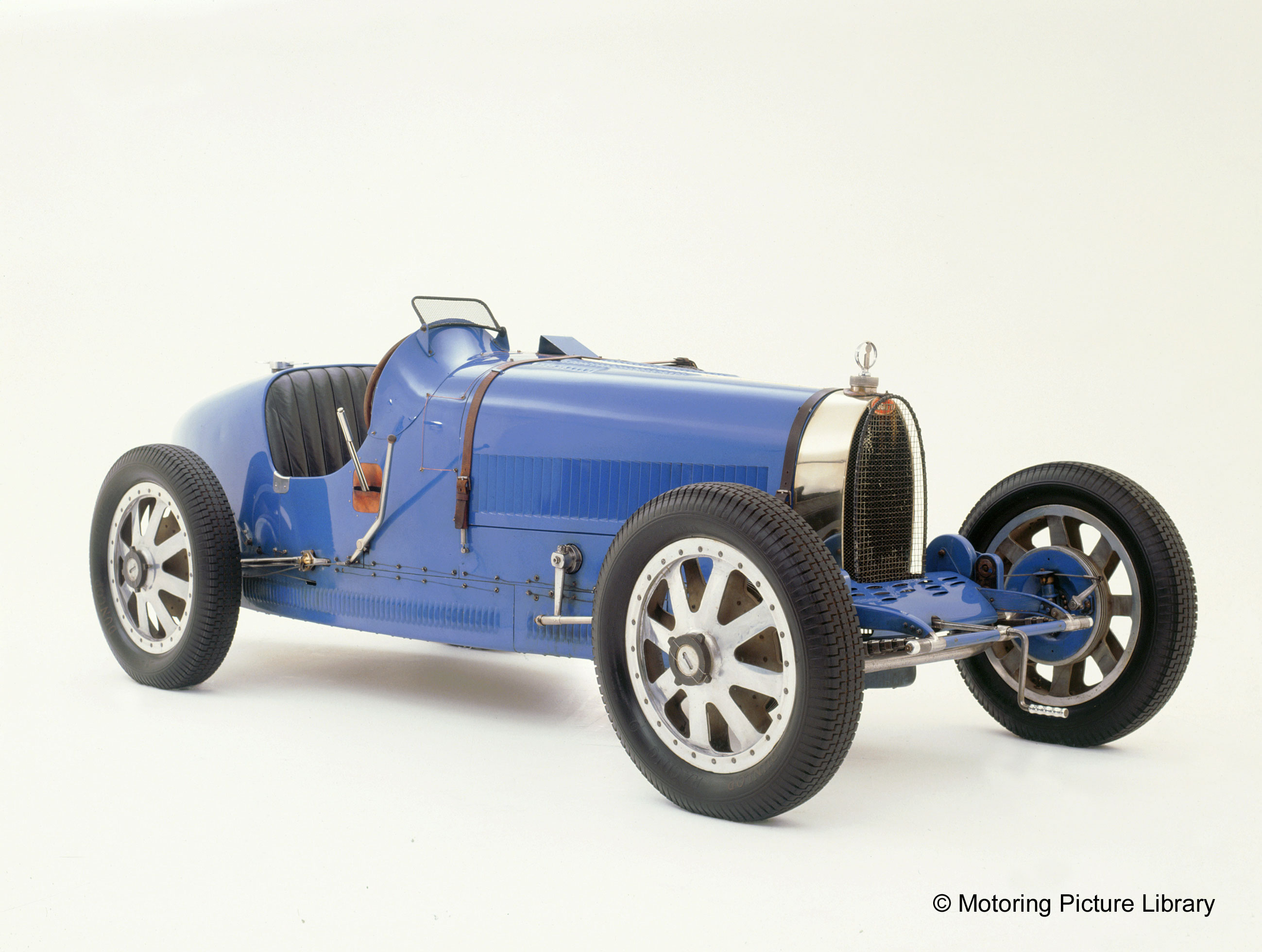
…Clasping her uncle’s hand tightly the pretty little girl wearing her best lace bonnet was jostled and pushed by the magnitude of the crowd; caught up in a heady cocktail of excitement, awe and stunned disbelief as the deafening roar of those ‘Giants in the Dust’ thundered past to rapturous applause. Helene Delangle, aged three years old, had just witnessed her first motor car race, the notorious 1903 Paris to Madrid Race to Death…
EARLY LIFE
Mariette Helene Delangle, born on 15th December 1900 was the youngest of five children of Alexandrine Bouillie and Leon Delangle – the village postmaster at Aunay-sous-Auneau near Chartres. Sadly all three of her brothers died before the age of 16, and her only sister, Solange Andree, harboured intense bitterness and jealousy towards her sister, who excelled at everything she did – singing, drawing, reading and poetry, together with a love of history and geography as well as a keen interest in stamp collecting. In later years she became fluent in both English and Italian. Helene’s passion and enthusiasm for learning shone through, dazzling everyone she met, young and old and who were entranced by her beaming smile and ‘joie de vie.’
Soon after World War I Helene went to Paris, determined to make a new life for herself. The artist Rene Carrere, known for his saucy drawings that were published on postcards for tourists advertising music hall revues had no hesitation in using Helene as his model. He also advised her to have formal ballet lessons, where she showed her love of dance and movement, leading her to dance for the Casino de Paris. Helene then changed her name to Helle Nice, using this as her stage name.
A NEW PASSION
In the mid 1920s, having built an impressive career as a solo artiste she danced with Robert Lisset, performing at cabarets throughout Europe. As her income grew Helle was able to purchase her first flat and a yacht. She also passed her driving test and bought a small Citroen she affectionately nicknamed ‘Maisie,’ embarking on a thousand mile tour of France and thereby proving her potential as a driver. Helle lived life in the fast lane, attracting many suitors including members of the European Nobility, Henri de Courcelles, Jean Bugatti and Philippe de Rothschild. Whilst visiting the newly opened Brooklands racing circuit Helle launched into a scornful attack on her male friends as to why women were considered inferior to the men and therefore not permitted to race. Surely they were just as strong? Consider the sheer drudgery of domestic tasks and the heavy weight of lifting and carrying. Dancing had also proved to Helle that women were light on their feet and more flexible.

OPPORTUNITY STRIKES
A serious skiing accident at Megeve early in 1929 forced Helle to re-think her career as a dancer, as severe damage to a knee cartilage made it impossible to continue as a professional. She was a competent driver and had the looks, ambition and self-assured poise that would attract a sponsor – who relied just as much on these attributes as well as individual drivers’ performance to sell their cars. With this in mind, and egged on by her influential friends and her love of publicity, Helle entered an all-women Grand Prix at Montlehery on 2nd June 1929, driving an Omega 6. This was a huge undertaking, with opposition including the fearsome ‘Hyena of the Gestapo’ – Violette Morris, Lucy Schell, Barronne d’Elern and the favourite Dominique Ferrand. Maintaining a speed of 100kph, Helle Nice crossed the finishing line after 62 miles. The crowd went wild as she performed a lap of honour, her car garlanded with flowers. When interviewed by the Press she admitted that she had lost count of the number of laps she had actually driven and had pushed the car hard.
FASTEST WOMAN IN THE WORLD
On the 18th December later that same year and under scrutiny from Ettore Bugatti who had entrusted her with a supercharged Type 35C, together with a number of cynical sports critics, Helle Nice became the fastest woman in the world, breaking the womens’ world land speed record at Montlehery and recording 120mph for her fastest lap. Her courage, sheer nerve, determination and skill made her unstoppable, an overnight sensation with everyone clamouring to meet the darling of the race track in her white overalls, blond curls and heart-stopping grin.
This exciting and newly-found fame gave Helle Nice opportunities she could only have dreamed of – driving Alfa Romeos, Bugattis and a supercharged Miller and Duisenberg around the world. She chose a Hispano for her own personal pleasure.

In 1930, Helle spent six months racing on every track on the East Coast of America. Now hailed as ‘The Bugatti Queen’ this thrilling and beautiful young woman wowed crowds wherever she went, distinctive in her bright blue race car (although with this pinnacle of success and adoration came blatant jealousy from certain quarters).
In 1930 Helle was the only female competitor at Le Mans in an all-Bugatti Grand Prix. Holding 3rd place as she approached the finish line, the deafening roar of the crowd caused her to hit the brakes, sending the car into a spin which sent her crossing the line backwards. Presented with a prize by the young Jean Bugatti he was soon to fall deeply in love with her…
A TWIST OF FATE?
A catastrophic ending at the 1936 Brazilian Grand Prix whilst driving an Alfa left Helle in a coma for several months. The local papers hailed her as a heroine, declaring ‘elle a du cran’ – the girl’s got guts. Despite receiving compensation from the government, Helle suffered severe bouts of amnesia which would make her a severe risk behind the wheel. As if this was not enough, in 1949 at a glittering gala dinner in Monte Carlo, one of the most renowned racing drivers, Louis Chiron, who had always despised Helle, accused her of being a Gestapo agent during World War 11 and announced that her presence was an utter disgrace. And so began her long and painful downfall. Not only did the glitterati of the motoring elite and her adoring public disown her, her family blatantly set out to have nothing more to do with her.
Facing ruin, in utter desperation and having no money on account of one of her lovers stealing from her, Helle was taken in by a local charity, La Roue Tourne, who provided financial help for individuals connected to the world of theatre and dancing. This charity, which was formed in 1957 was run by Janalla Jarnach who was the widow of a Resistance Hero, together with a former film star, Paul Azais.
HEARTBREAK AND RUIN
The last twenty years of Helle Nice’s life were spent in a sordid little house on rue Edouard Scoffier in the dark and dingy back streets of Nice… forgotton, abandoned and relying on charity with Janalla her only true friend.
Despite pleas to her mother who had helped her daughter with initial expenses, Madame Delangle refused to store her pieces of furniture and went on to ask Mariette (the name she always referred to her by) when she would be gainfully employed once more? Amongst her few possessions were faded newspaper cuttings, letters, photographs, her cherished stamp collection, trophy cups and a pair of gloves with tiny pearl buttons because they reminded her of him…the charming Philippe de Rothschild who had introduced himself to her at a cafe in Paris, delicately kissing a small patch of soft skin…. some memories are never extinguished.
In 1983 the frail Helle Nice made one last journey to the village of Saint Mesme in a bid to be reconciled with her sister Solange and recover her rightful inheritance; she was told to leave by another member of the family.
FINAL FAREWELL
The Bugatti Queen died on a public ward at the local hospital in September 1984, having been admitted for an operation on her legs and from which she never regained consciousness. The ruthless landlord wasted no time in clearing her flat, sending all the old newspapers cuttings, letters and photographs off as rubbish. Her trophy cups were either given away or sold. La Roue Tourne organised for a commemorative service to be held on the 29th October at a small church, Sainte-Marie des Batignolles following an announcement in Le Figaro but the church was virtually empty.
Thanks to Miranda Seymour’s publication of The Bugatti Queen and to the Helle Nice Foundation for women in sport, her name was cleared of vicious slander and she was given the
honour she so richly deserved.
COMMEMORATION
On 4th September 2010 a commemoration plaque recording the Bugatti Queen’s principal achievements was placed beside the family plot at Saint Mesme, the place of her birth. Throughout her life she had successsfully competed in more than seventy motor racing events.
On display at the National Motor Museum is a 1924 Bugatti Type 35, a runner in the 1924 Grand Prix at Lyon and part of The Montagu Collection.

“The thing I like best in the world is adventure” – Helle Nice
Next time: discover more about the famous Belles of Brooklands – with their indomitable spirit and truly a match for the men…!
